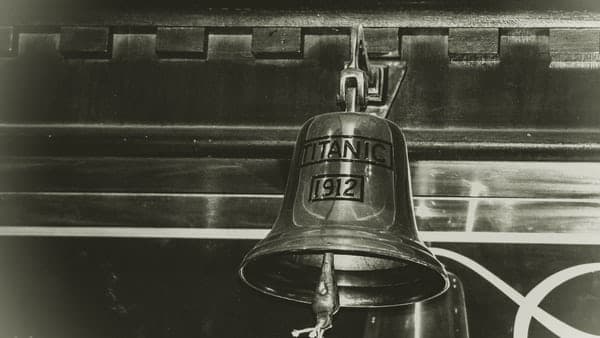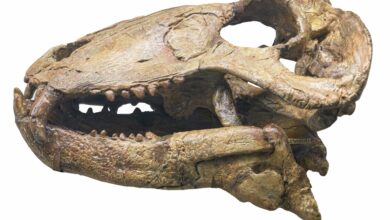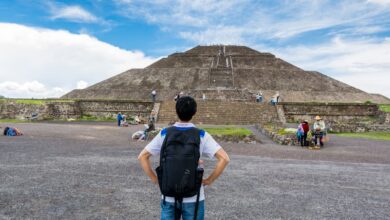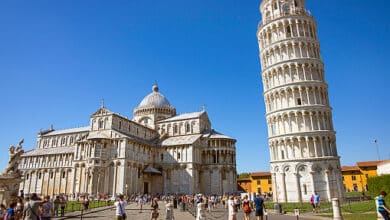How Did the Titanic Sink?
An estimated 100,000 people gathered at the dock in Belfast, Ireland, on March 31, 1911, to witness the Royal Mail Ship (RMS) Titanic launch. Titanic was the most extensive and luxurious cruise liner ever constructed. It measures more than 882 feet from prow to stern. It weighed more than 46,000 tonnes.
It featured cutting-edge technology such as four elevators, a sophisticated electrical control panel, and an advanced wireless communications system capable of transmitting Morse code.
Titanic – Before and After
The Titanic collided with an iceberg off the coast of Newfoundland and sank just four days after leaving Southampton, England, on its maiden voyage to New York. Experts are still debating possible causes of the Titanic’s sinking more than a century after it occurred, killing over 1,500 passengers and crew.
The vast majority of them agree that only a confluence of events can fully explain what doomed the ostensibly unsinkable ship.
The investigations revealed that many of the international maritime safety measures and regulations were out of date and needed to be revisited. The ship itself was discovered to be deficient in a few of the standards.
Major Causes of the Titanic Tragedy
- Dismissal of Iceberg Warnings
The threat of icebergs in the area of the Titanic’s crossing was high due to the weather conditions in the North Atlantic at the time. According to the studies, the Titanic received a minimum of six warning messages from other vessels in the area about drifting ice.
According to the findings of the public inquiries, the captain of the Titanic failed to pay adequate attention to the iceberg warnings. Almost an hour before the collision, the Titanic’s radio operator ignored a critical iceberg warning from a nearby ship, California, because it did not begin with the prefix ‘MSG’ (Master’s Service Gram) and did not relay it to the captain.
- It was Traveling too Fast.
Some blamed the Titanic’s captain, Captain E.J. Smith, from the start for sailing, the massive ship at such a high speed (22 knots) through the iceberg-filled waters of the North Atlantic. Some speculated that Smith was attempting to beat the Olympic, the Titanic’s White Star sister ship.
In a 2004 paper, engineer Robert Essenhigh speculated that efforts to control a fire in one of the Titanic’s coal bunkers could have explained why the ship was sailing at full speed.
- Problems with the Materials
Though the ship was built with the most recent technological advancements, it had a few flaws. The steel sheet used to construct the body was made of a specific type of steel that became extra brittle in the cold and easily cracked at the slightest contact.
- Less Number of Lifeboats
The initial public inquiries concluded that the Titanic’s number of lifeboats abroad was insufficient to meet the requirements during accidents. According to reports, fewer lifeboats could only accommodate 1,200 people, even though the ship had over 2000 passengers and crew members on board.
In addition, the investigators discovered that the lifeboats were not adequately filled and crewed after the ship collided with an iceberg.
- Taking the Wrong Turn
According to Louise Patten, the granddaughter of the most senior ship officer who survived, the confusion caused by the wrong turn may have exacerbated the disaster.
According to Patten, following the sighting of the iceberg, a decision to turn the ship “hard a-starboard” was passed down the line. However, the steersmen misinterpreted it as ‘turn the ship right,’ causing it to head straight for the ice.
- Weather Condition
In 2012 two studies were conducted, which suggested that nature played a significant role in the ship’s demise. The first claimed that the Earth passed unusually close to both the moon and the sun that year, increasing their gravitational pull on the ocean and causing record tides, which increased floating ice in the North Atlantic around the time of the sinking.
The second study, conducted in 2012 by British historian Tim Maltin, claimed that the atmospheric conditions on the night of the disaster may have caused a phenomenon known as super refraction. Mirages, or optical illusions, may have resulted from the bending of light, preventing the Titanic’s lookouts from seeing the iceberg.
- Lookouts had o Binoculars.
The ship’s lookouts lacked binoculars due to a mix-up before departure from Southampton. The binoculars were locked up because the key to the binocular store was with Second Officer David Blair, who had been transferred off the ship before the mission started.
While some argue that binoculars would have helped the lookouts spot the iceberg in time, others argue that binoculars would have been ineffective at night.
The Titanic disaster has remained one of the most enthralling aspects of world history. Even a century later, the Titanic disaster has been extensively researched, becoming a subject for artists, filmmakers, and writers. Simultaneously, ever since the accident, a slew of wild conspiracy theories about the cause of this maritime disaster has circulated.





